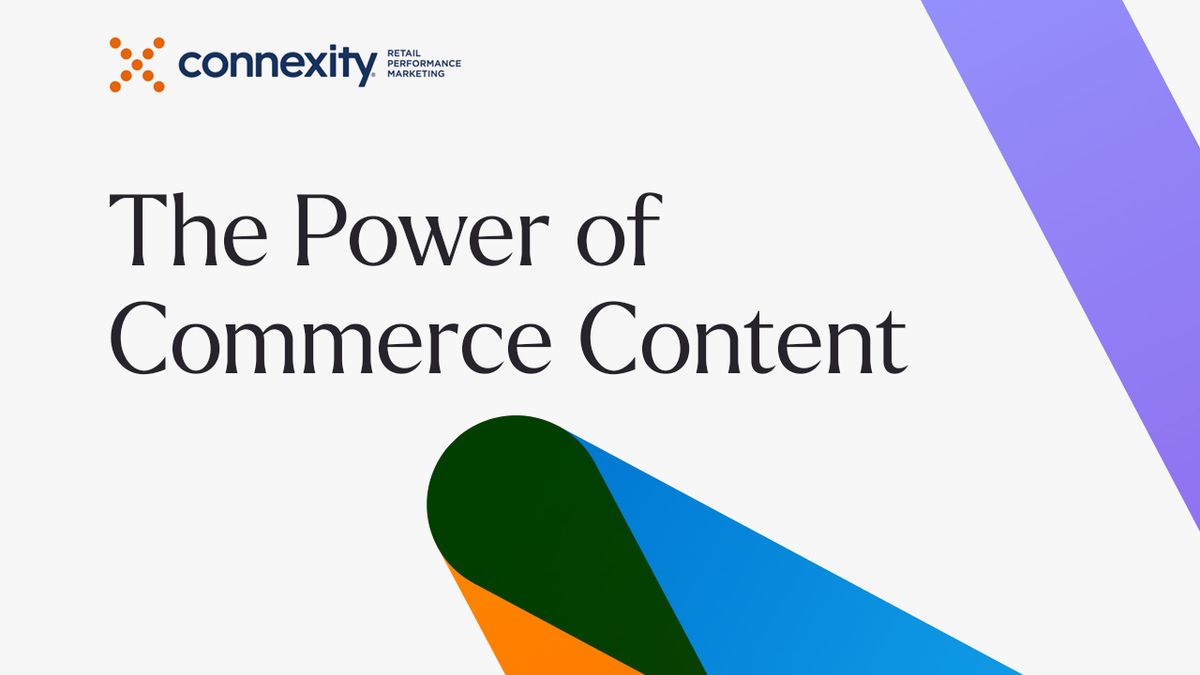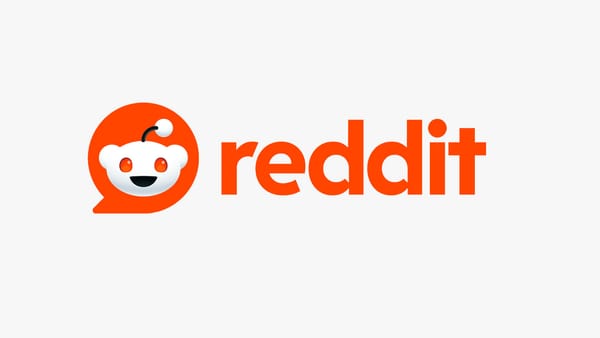It’s a good time to be a publisher.
Or at least it is if you’ve made the right bets, found the right mix of revenue streams and are using the right data to take the long-term decisions to make your business sustainable.
A key tool in the arsenal is commerce content: monetised product recommendations powered by affiliate marketing. Not exactly the new kid on the block – the primary tech has been around since the 2010s – but having seen a decade of expansion in the UK and US, commerce content has become an integral part of the publisher revenue mix. The top end of performance now generates millions of dollars in e-commerce sales. It is taking off globally too with publishers from Australia to Japan, Singapore to France, and Spain to Brazil seizing the opportunity at their disposal.
As publishers and advertisers alike chase performance, commerce content is perhaps more relevant than ever. For new publishers, it represents money they can ill afford to be leaving on the table. For advertisers, it is the holy grail: a performance channel built on top of the ultimate KPI, sales that actually happened.
Guaranteed performance?
The quest for guaranteed performance has been a long one.
Channels have come and gone, hailed by experts, pioneers and idealists as the answer to guaranteed performance that publishers have been looking for.
Events were held up as a lucrative monetisation of publisher brand equity. Micropayments deployed at scale would deliver financial security. Paywalls would provide the financial rewards publishers’ hard won expertise deserved.
And yet, pivot by pivot, each has failed to deliver on the promise, and even produced unintended downsides too. Events require a significant upfront investment which left heavy bettors exposed in the pandemic; micropayments remain a volume game few are able to capitalize on, and paywalls more often than not send people off to find information elsewhere for free.
The only long-term bet that has scaled successfully – first quietly in the background and now loudly at the fore of publisher investor calls – is commerce content. Exploding onto the scene a decade ago, driven by digital natives like BuzzFeed, and taken up enthusiastically by everyone from media brands (Hearst, Condé Nast), newspaper groups (News UK, Daily Telegraph) and magazines (HELLO!, New York Magazine), commerce content has developed into an indispensable part of the modern publisher’s revenue-making mix.
At the heart of that success is affiliate marketing’s proximity to guaranteed performance. Publisher side, it means revenue for the sales your product-related articles inspire and the chance to develop a sought after shopping audience, buying based off your recommendations over and over again. From big ticket investments in home appliances to party outfits, advent calendars and the latest gadgets, the market leaders have carved out an influential role inspiring sales at brands across the retail spectrum: fashion, home, electronics, travel, department stores and more. As mentioned it is a lucrative role too. The major US players are making millions of dollars a year and UK leaders are catching up fast.
The retail dimension
But for retailers, does affiliate not represent giving away margin for sales that are already happening and an unwelcome drain on performance budgets slashed in the face of harsh economic conditions?
To a certain perspective perhaps, but the first question that retailers should ask themselves is: which performance channels will put me closest to a guaranteed outcome? In that assessment, affiliate will come out on top every time because it is based on genuine sales that have taken place. Establish that, then review your budgets, and you’ll find your affiliate spend is the best value for money in your mix.
We’re not talking about undirected clicks, surfacing a nice visual in front of someone whose patchy demographic data suggests they might like your product; or triggering an interstitial pop-up to provide a fantastically dreadful online experience for someone browsing on their phone. Instead, we’re talking about reaching an audience who wants to shop online, is already buying products, and is keen to get expert advice from well regarded publisher brands about who to buy from today.
Take the fast lane or play the long game
If affiliate marketing has had a shortcoming, then detractors will be keen to point to the length of time to scale and the challenge of managing a commerce content program of any great size. Generally speaking, this is not a turnkey advertising solution, generating millions from day one and providing a big cash injection to the bottom line from the get-go. It is not a one size fits all channel. Publishers know there are two lanes to take when scaling up commerce content.
The fast lane requires an upfront investment, bringing in a dedicated team and resources, drawing on expertise from tech partners in the market, and making a concerted effort to monetise your audience from day one. That dedicated team works to turn your editorial identity into a dedicated commerce brand, carving out a shopping segment from your audience, learning their interests and matching this editorial expertise with business development to scale commerce rapidly as part of your business.
Even in fair weather though, few publishers are going to want to invest so much upfront – and today’s climate is decidedly hostile. So this takes us to the long game, yielding increasingly promising results over the longer term and gradually increasing investment as performance grows.
In the long game, commerce can often begin as a side hustle, monetising links in the background and incrementally building on top of that foundation to increase revenue. There is existing content you can leverage, team members who can work on commerce in the background while delivering on their day jobs, and tech partners already designed to support publishers in facilitating this. The attractiveness of playing the long game may be even higher as a result of the squeeze on publisher budgets ushered in by the onset of harder economic times.
A virtuous cycle (genuinely)
Forestall the eye rolls and consider the state of play for affiliate marketing.
Publishers get money they’re leaving on the table, a channel that can flip from passive to active with minimal effort and an advanced ecosystem with a clear path to scale for all players. The right tech partner enables them to focus on editorial excellence, writing great stories and testing products unencumbered by the technical processes they are better placed to deliver from years working on affiliate.
For retailers, besides only paying out when sales have taken place, there’s an unparalleled level of transparency, matching sales against partners, and enabling them to reward for genuine performance rather than on estimations of influence on a purchase journey.
The immense progression of digital technologies, measurement and attribution makes affiliate marketing as close to a virtuous cycle for publishers and advertisers as there is to be found across the advertising technology world. Great reward for both sides, clear transparency between partners and a path to sustainability for both publishers and retailers as they feel the squeeze from the major platforms and tech giants seeking to close the open web for their own ends and interests.









